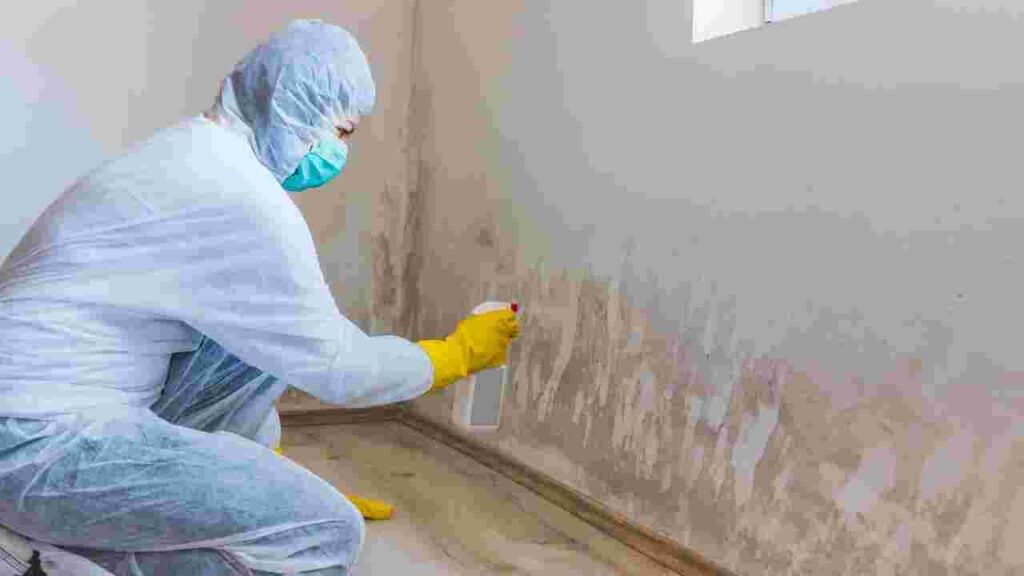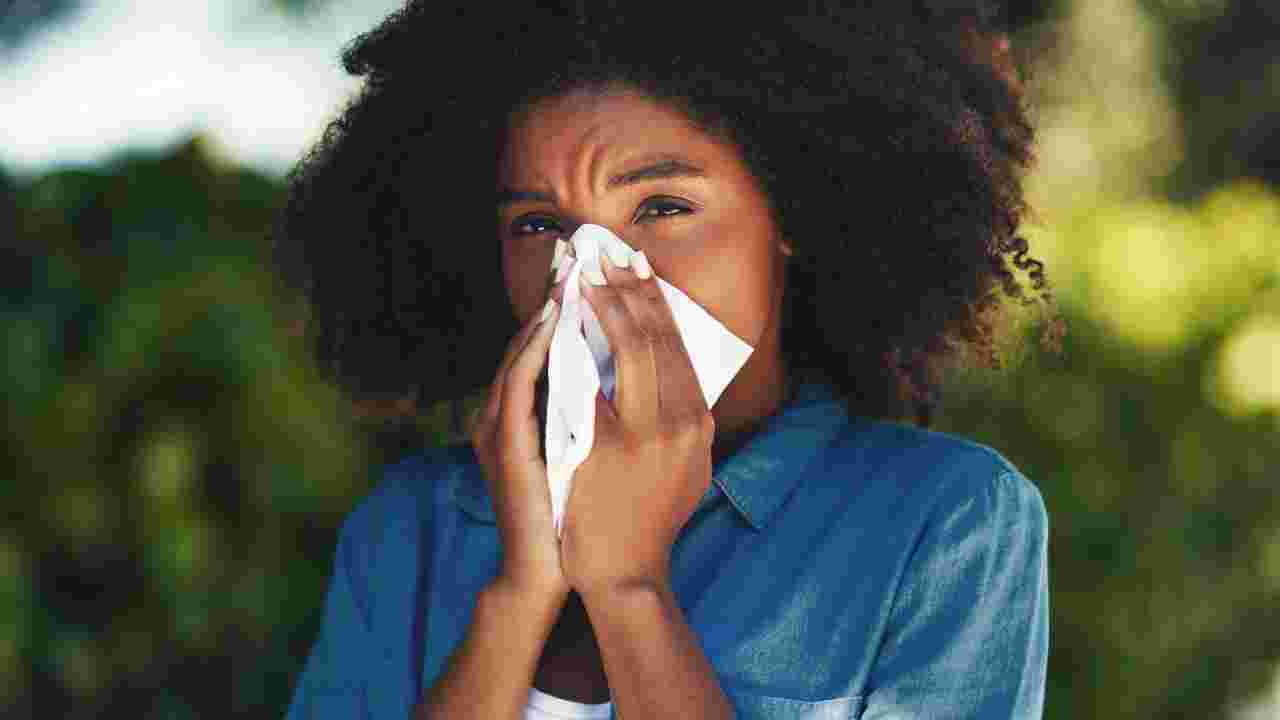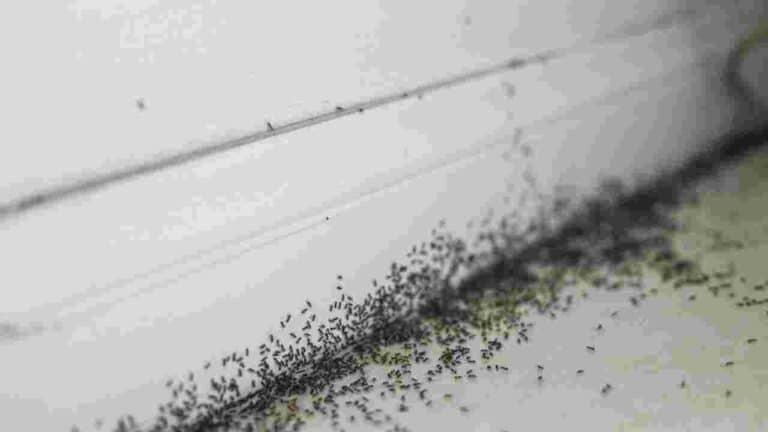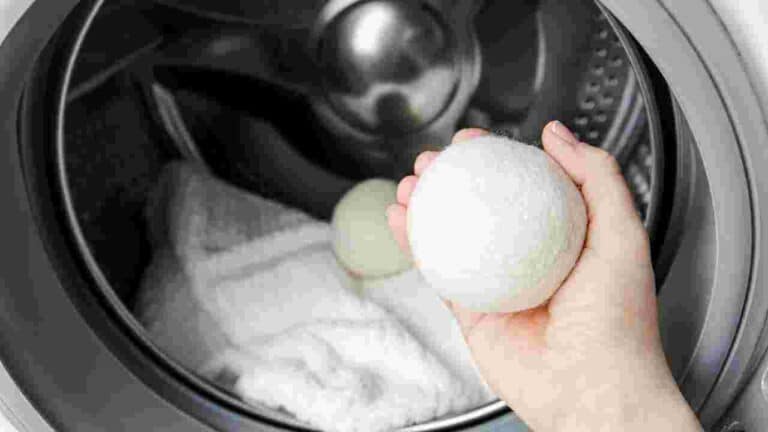What Are the Most Popular Allergies?
Luckily, if you’re a victim of allergies, you can get some help. Whether you suffer from mold, dust mites, or pollen, you’ll find a treatment that works for you.
Pollen
Pollen is one of the most common allergies in the United States. It is a fine yellow powder that is released by plants. In some cases, it can even get into the eyes and nose. The pollen is transported by birds, insects, and the wind.

Pollen can cause an allergic reaction, including a runny nose, itchy throat, and watery eyes. However, there are ways to minimize the symptoms.
One way is to wear sunglasses to protect your eyes. Another is to keep your windows closed. Also, avoid outdoor activities in the morning.
You can also take allergy medications. These include decongestants. They are available in pills, liquids, and sprays. Some people have side effects, so make sure you speak to your physician before taking them.
For example, if you have tree pollen allergies, you may experience bags under your eyes. This is due to a combination of congested blood vessels and nasal inflammation.
You can also reduce your exposure by staying indoors when pollen levels are high. If you are going out, stay away from wooded areas.
Lorem ipsum dolor sit amet, consectetur adipiscing elit, sed do eiusmod tempor incididunt ut labore et dolore magna aliqua. Ut enim ad minim veniam, quis nostrud exercitation ullamco laboris nisi ut aliquip ex ea commodo consequat.
Mold
Mold allergies can cause a variety of allergic reactions. These symptoms include nasal stuffiness, coughing, wheezing, and skin rashes.

If you think you have a mold allergy, you should seek medical help. Your family doctor or allergist can diagnose your allergy and recommend treatment options. You can also take mold allergy tests to determine your allergies.
Allergies can be triggered by dozens of different types of mold. While you will probably have some reaction to all types of mold, it is important to learn which types you are likely to react to.
The most common type of mold that causes an allergic reaction is Aspergillus. This fungus can grow on soil, compost piles, and decaying plant debris. It also spreads in windy climates.
Other molds that cause an allergic reaction are Cladosporium, Penicillium, and Alternaria. In addition to being found in plants, some of these molds are also in spoiled food.
If you are suffering from an allergic reaction to any of these fungi, you should contact your family physician. They may be able to provide you with medication that will alleviate your symptoms.
Food
There are many more food allergies than there are people, but there are some that stand out from the pack. For example, peanut allergies are not uncommon. The number of peanut allergy related deaths has risen in recent years, especially in younger children.

The “Big Eight” – the eight most common foods that cause allergic reactions – account for ninety percent of all food allergies in the United States. They include milk, peanuts, soy, nut milks, fish, sesame, eggs, and wheat. While these foods may be off-limits to you, there are other things to eat and things to avoid if you are an allergy sufferer.
Choosing a restaurant that is safe for your child can be tough, but luckily there are some places to go. For instance, you can buy a cookbook that contains recipes specifically created for people with food allergies. Similarly, there are grocery stores that cater to the dietary needs of people with a wide variety of food allergies.
While you’re at it, you might as well pick up a book or two about food allergy related topics. Not only will you learn more about your child’s allergies, you’ll also learn about other parents’ experiences.
Dust mites
Dust mites are tiny insects that feed on the dead skin cells of humans and other animals. They live on bedding, upholstered furniture, carpets, and other fabric surfaces. The feces of dust mites contains proteins, which can cause allergic reactions in sensitive individuals.

Dust allergy symptoms include sneezing, a runny nose, and itchy eyes. These symptoms can vary between mild and severe. In some cases, dust allergies can cause respiratory problems such as asthma. If you have a history of respiratory issues, you may want to seek medical treatment.
Taking steps to reduce the amount of dust in your home can help you manage your dust allergy. You should wash your bedding and upholstered furniture regularly. Use a HEPA-filtered vacuum cleaner. This will remove most of the dust.
Allergy sufferers should also take care to maintain the humidity in their homes at less than 50 percent. A dehumidifier can help with this.
You should also try to remove stuffed animals from your bedroom. This includes sheepskin underlays, which can trap dust. Instead, you should use vinyl window shades or mini blinds.
Household pets
Pet allergies are one of the most common allergic reactions. According to the Centers for Disease Control and Prevention, about 10 percent of Americans are allergic to animals. The most common pets are dogs and cats, but there are other household pets that can cause allergic reactions.

Animal allergies can be treated with medication or an allergy shot. If your symptoms are severe, it may be necessary to visit your physician. You can also try immunotherapy to help with your symptoms.
Household pet allergens can include proteins from dander, saliva and urine. They can linger in the air and stick to fabrics and furnishings.
To help with allergies, you should try to avoid bringing your dog or cat into a room where other people live. You should also keep a HEPA air cleaner in a room where you have a pet. This will help pull dust and other particles out of the air.
In addition, it is important to wash your hands after touching an animal. If you have children, it is best to keep them away from pets.
Fish
Fish allergy is one of the most common food allergies. While it does not necessarily mean that eating seafood will trigger an allergic reaction, it is a good idea to avoid it. A fish-allergic individual has to be aware of the potential risk of cross-contamination and other situations that could exacerbate an allergy.

Fish-allergic people should also be wary of foods that do not have clear labels. This includes those with the words “may contain” or “may not.”
The best way to find out whether you have a fish allergy is to undergo a double-blind placebo-controlled food challenge. This involves consuming a variety of foods and measuring the amount of anaphylaxis you experience after ingesting the foods.
A more technical approach to diagnosing a fish allergy is to perform a prick-to-prick test. This uses a small sterile probe that dunks into a liquid containing the protein in question.
The Food Allergen Labeling and Consumer Protection Act requires manufacturers to identify the presence of fish on their products. Alternatively, a patient may be diagnosed based on his or her history of a previous adverse reaction.
Decongestants and antihistamines
There are many different antihistamines and decongestants available over the counter for a variety of allergies. These medications can be used for symptoms such as runny nose, sneezing, and watery eyes. They are available as pills, sprays, or liquids.

Antihistamines work by preventing the release of a chemical called histamine. Histamine causes the itching and swelling associated with allergy symptoms. Decongestants can reduce swelling and help clear up congestion. However, they are not advisable for people with high blood pressure. In addition, they may cause drowsiness, dizziness, and fatigue.
Decongestants work by narrowing the blood vessels in the nose. This allows the air to flow more freely, giving relief from nasal congestion. Congestion is caused by swollen blood vessels, mucus, or both. Taking too much decongestant can be dangerous. It is best to use only as needed.
If you have allergies, make sure to talk to your doctor. He or she can suggest the best medication. OTC medications may cause side effects, such as increased heart rate, insomnia, and urinary restriction. To minimize these, try generic versions or store brands.
Treatment
An allergic reaction is a response to a harmless substance that the immune system mistakenly identifies as an intruder. It can cause a wide range of symptoms, including wheezing, watery eyes, and a runny nose.
The human immune system is designed to protect us from infection and disease. In addition, it also works to remove foreign substances, such as allergens, from our bodies. When you breathe in an allergen, your immune system produces chemicals, such as histamines, to block the allergen from entering your body. Allergens can be from food or dust mites.
You can prevent allergies by avoiding foods and other allergens that trigger your symptoms. You can also treat allergy symptoms with medicines. Medications such as corticosteroids can help reduce inflammation and pain. Antihistamines can help treat sudden onsets of allergic reactions.
An allergist can determine the source of your allergy and prescribe medications that can help. Your doctor may order blood tests to see whether you are allergic to specific allergens. Oral immunotherapy is a form of treatment for some people.







